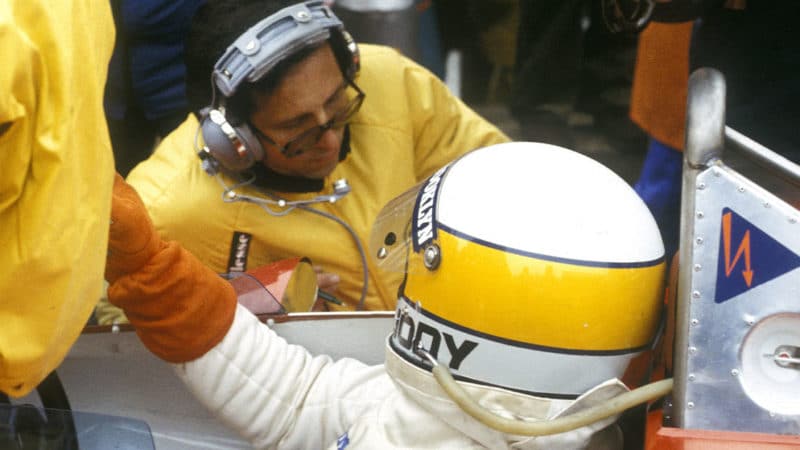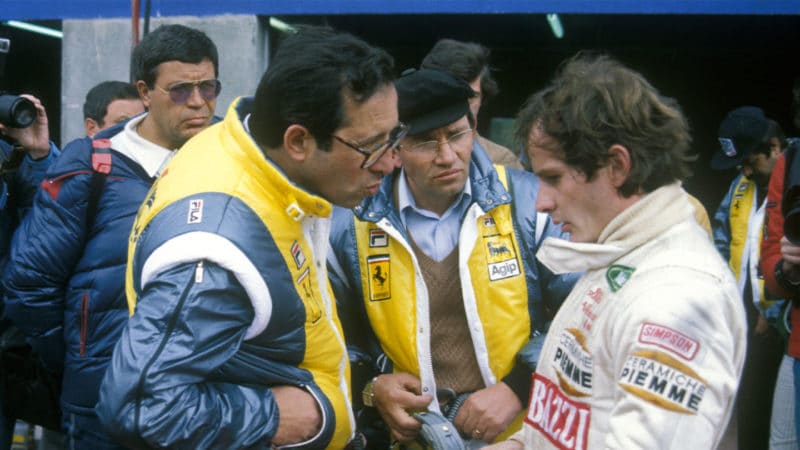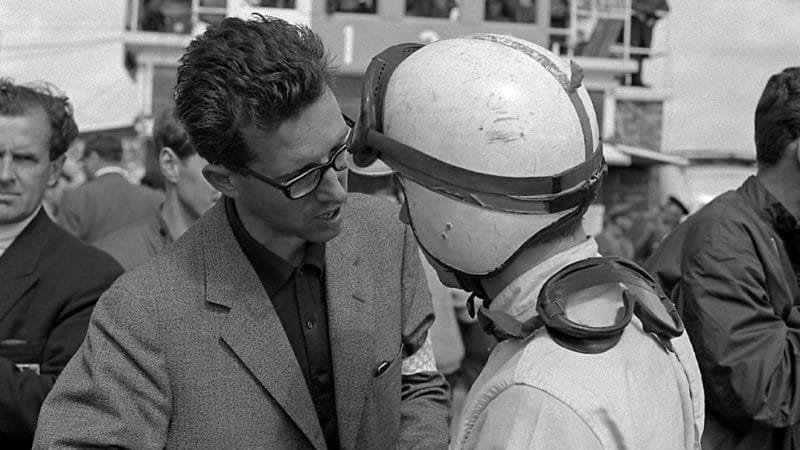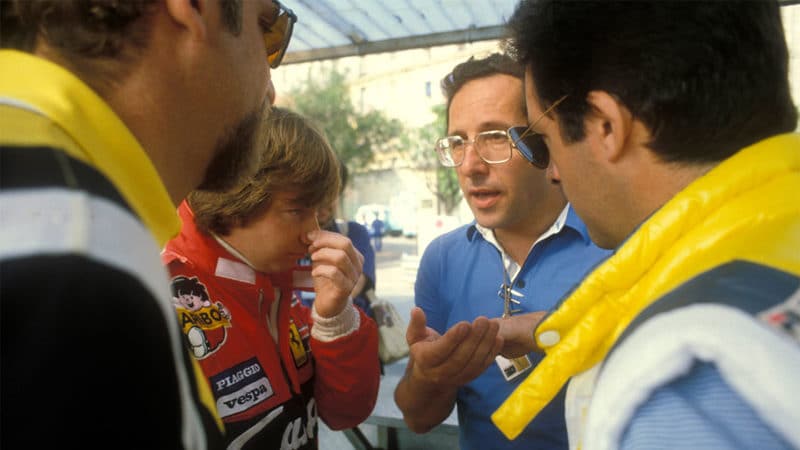So Ferrari’s racing fortunes were in the hands of this youngster. As mentioned earlier, both Climax and BRM had caught Ferrari in the power race with their little 1500cc engines while Lotus had launched the hugely successful monocoque design leaving Ferrari and the rest struggling with tubular space frames. Ferrari was only to finish fifth in the 1962 world championship. The following year Jim Clark and Lotus dominated but Forghieri’s first world championship victory came in the German GP with Surtees’ impressive win.
The Forghieri/Surtees relationship blossomed and, of course, led to the driver and manufacturer world championships in 1964, although it was a close run thing – just a handful of points left Graham Hill and BRM in second place. The switch to 3-litre engines saw Ferrari initially use a sports car-based V12 motor but for 1970 Franco Rocchi collaborated with Mauro to build a stunning flat-12 engine which married beautifully with his 312B chassis, as well as in world championship-winning sports cars.
Ferrari had been on the back foot for a while as Lotus, Matra, Tyrrell, McLaren and many others benefited from the superb Cosworth DFV V8 engine. By 1974 Ferrari were back knocking at the door under Mauro’s leadership and the energising force that was Niki Lauda, but it was Clay Regazzoni who fell just four points shy of the world title that year. However the Austrian went on to give Ferrari world titles in ’75 and ’77 and the manufacturers’ title was claimed by Ferrari in ’76, ’77 and ’78. Jody Scheckter took up the mantle and won the ’79 title for Ferrari – and owns his winning Forghieri-designed “tea-tray” car. In the new ’80s turbo era Forghieri hired British designer Harvey Postlethwaite to pen the 126C.

With Scheckter – the last man to win a drivers’ title in a Forghieri-designed car
Grand Prix Photo
In the turbulent year of 1982 when team mates Gilles Villeneuve and Didier Pironi fell out, Ferrari still won the constructors’ championship, despite the former perishing at Zolder and the latter destroying his legs in the Hockenheim practice crash. Of that fateful day at the San Marino GP Forghieri commented for the upcoming film on the duo “I don’t think that overtake would have happened if I had been there”. He was still attending most races but that weekend he had been absent due to family commitments. The following year Ferrari again just missed out on the drivers’ title but took the constructors’ honours.



